Sold Out: Email us to join the waitlist!
Yiddish is the thousand-year-old language of Ashkenazi Jewry, a Germanic language infused with Hebrew, Aramaic, and Slavic elements (and much else besides) that before World War II was spoken by three-quarters of the world’s Jewish population. Speakers of the language produced all kinds of modern culture, from high modernist poetry to cheap sensationalist theater. In this class we’ll take a look at some examples of popular Yiddish fiction—the romance novels, detective fiction, and adventure tales that made up the daily reading of Yiddish speakers in the nineteenth and twentieth centuries. We’ll examine how writers and editors transformed globally-circulated genres for Jewish reading publics, we'll discuss the importance of “women’s reading” to these works, and then think together about how rereading such texts today might change our understanding of both Yiddish literature and modern Jewish culture.
Saul Noam Zaritt is an associate professor of Yiddish Literature in the departments of Comparative Literature and Near Eastern Languages and Civilizations at Harvard University. He studies modern Jewish writing and the politics of translation, examining how writers cross and inhabit boundaries between cultures. His most recent book is A Taytsh Manifesto: Yiddish, Translation, and the Making of Modern Jewish Culture, just out in October 2024 with Fordham University Press.

